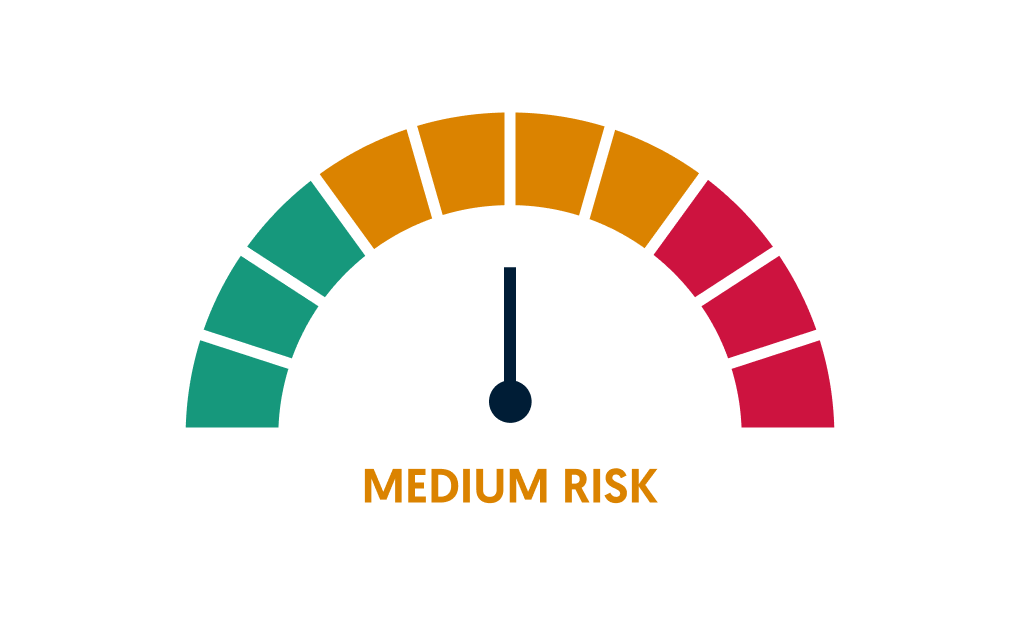Deed of Release and Waiver
This Deed of Release and Waiver is for the purpose of releasing one party from its contractual obligations and liabilities and waiving rights to enforce the same. It is not intended to apply in any employment context.
3.6 (5 reviews)
Last updated October 23, 2025
Under 5 minutes
Suitable for Australia
Written by Edwin Montoya Zorrilla
Reviewed by Damin Murdock
Document Overview
This Deed of Release and Waiver is for the purpose of releasing one party from its contractual obligations and liabilities and waiving rights to enforce the same. It assumes there is an existing agreement between two businesses and one wishes to release the other from some (or all) of its liabilities and obligations under that agreement and to waive any rights it may have against that party for its non-compliance.
What's the difference between a release and a waiver?
“Release” and “waiver” can have different meanings. In this precedent, a “release” relieves one party of its obligations and liabilities and a “waiver” occurs when one party gives up its rights to take action or enforce its rights under a contract against the other party. The distinction between a release and a waiver is that the latter is more usually confined to situations where one party is in breach of an obligation. This precedent should not be confused with a waiver clause, the aim of which is that, if a party fails to take action in respect of a breach, it does not lose its rights to take action in respect of the instant breach or any subsequent breaches. A waiver clause will typically make it clear that any failure or delay in exercising a right under the agreement will not constitute a waiver of that right.
This Deed is not intended to apply in any employment context. For a deed of release applicable to the termination of an employment relationship, see:
Other names for Deed of Release and Waiver include:
- Release and Waiver
- Release Form
- Waiver Form
- Liability Form
The Legal Risk Score of a Deed of Release and Waiver Template
Our legal team have marked this document as medium risk considering:
- The document enables one party to unconditionally release another from certain obligations, which could lead to a situation where one party may lose the right to hold the other accountable for past or future issues related to these obligations.
- The document must be executed as a deed in order to be effective.
Users familiar with legal documents might appreciate the clarity and finality it offers, but should be cautious of the irreversible nature of the commitments they are making.

Deed of Release and Waiver Checklist
Complete your free Deed of Release and Waiver with our checklist
Sign the document as required
The employee's signature must be witnessed by an independent party, and a representative should sign on behalf of the company.
Keep the document readily available
Both parties should have the document handy as an easy reference for their obligations.
View Sample Deed of Release and Waiver
It's never been so easy
Sign-up to a free Lawpath account
Get started and we'll take care of you. It's that easy.
Browse our 500+ legal documents
Browse our 500+ legal documents to find the perfect match to cover your business needs. We've got Compliance, Employment, Service agreements and more.
Collaborate with e-Sign and Sharing
Having access to your legal documents has never been easier. You can request e-signature, share the document and download for an efficient collaboration.
Create unlimited legal documents and eSignatures for only $39/month.
Upgrade to a Lawpath legal plan to boost your new business.


Here's what people say about Lawpath's Deed of Release and Waiver
Reviews are managed by BazaarVoice and comply with the BazaarVoice Authenticity Policy. Reviews are independently verified by BazaarVoice and detail our customers' real experiences.
0 reviews
Most Recent
Highest to Lowest Rating
Lowest to Highest Rating

